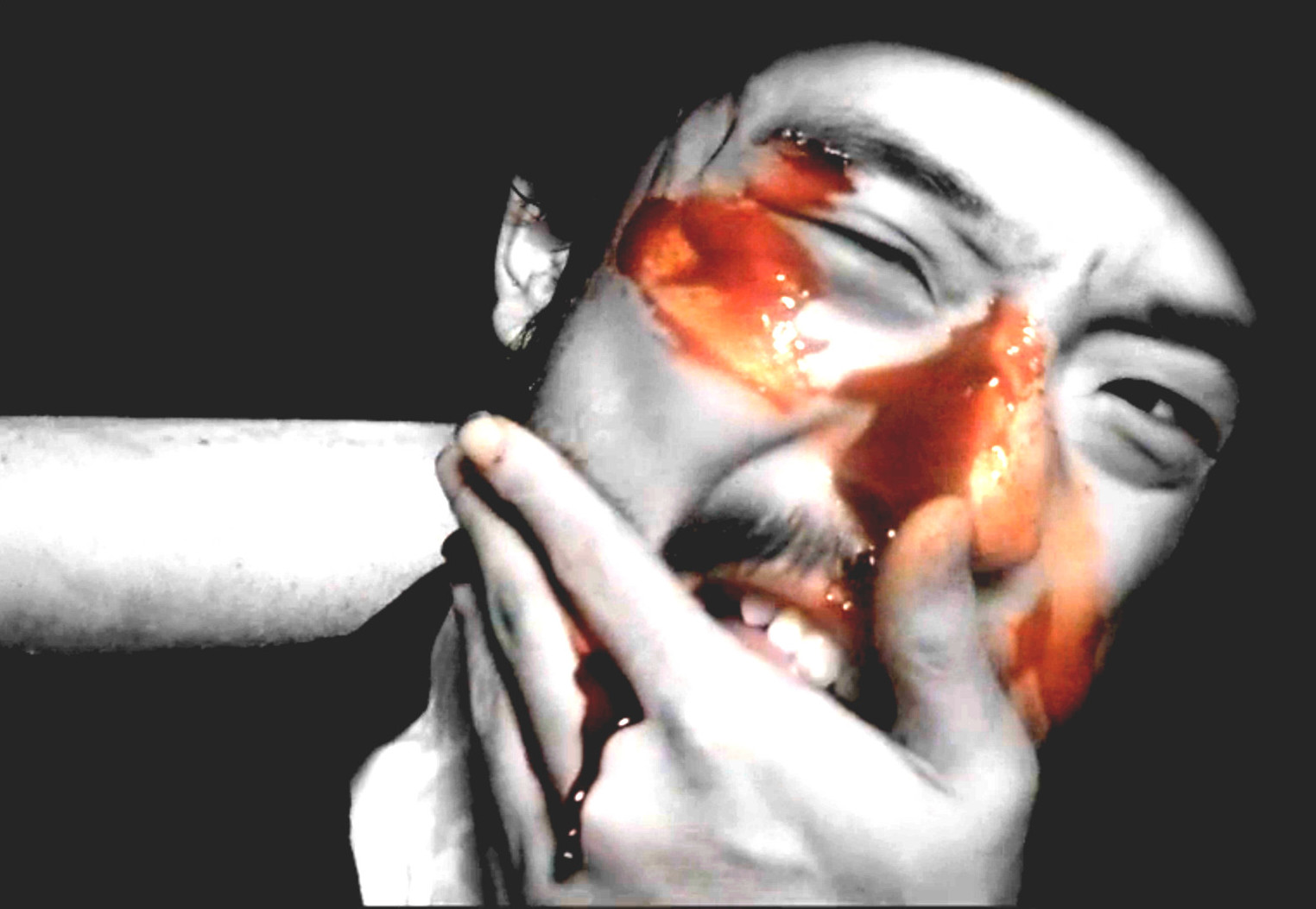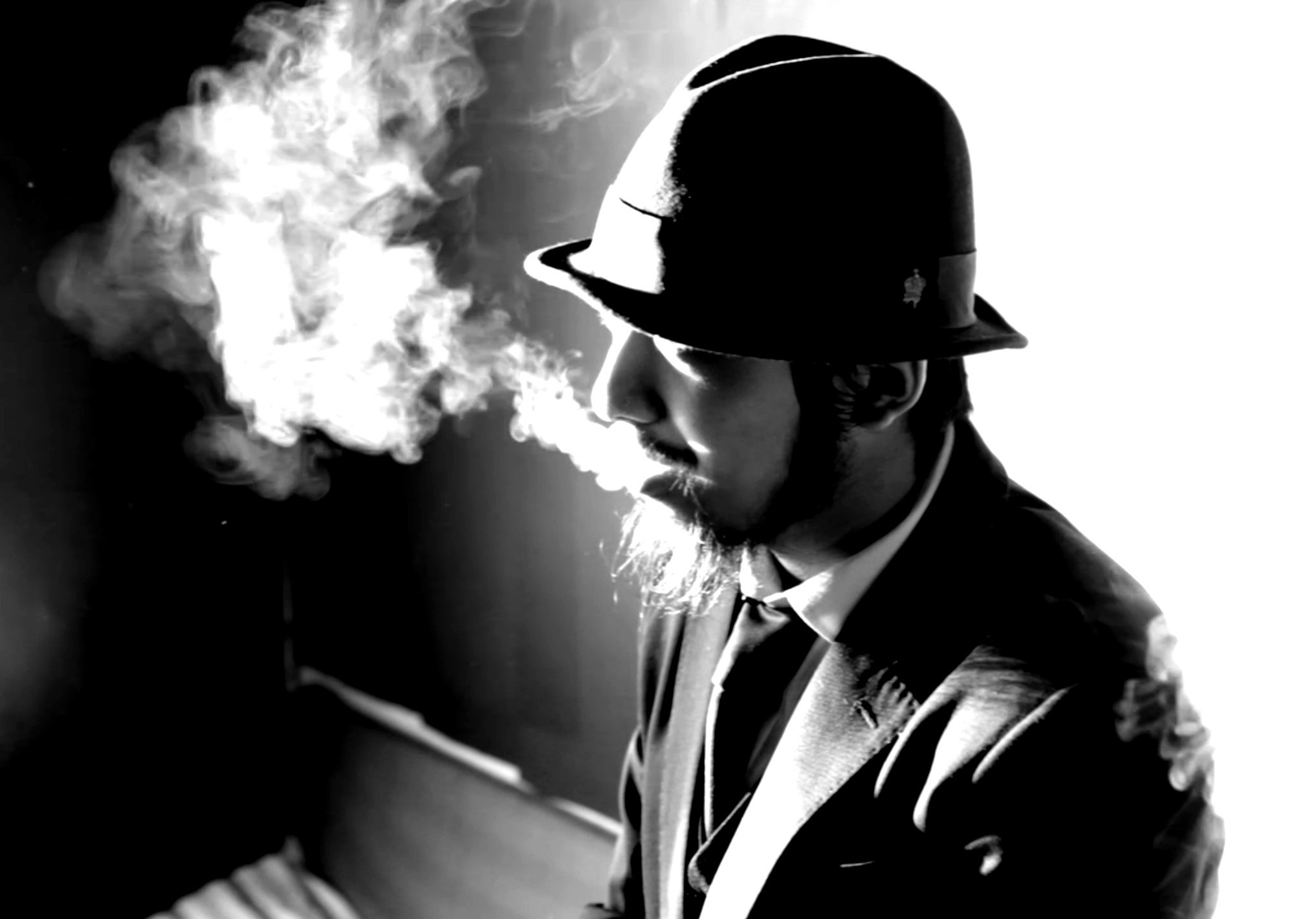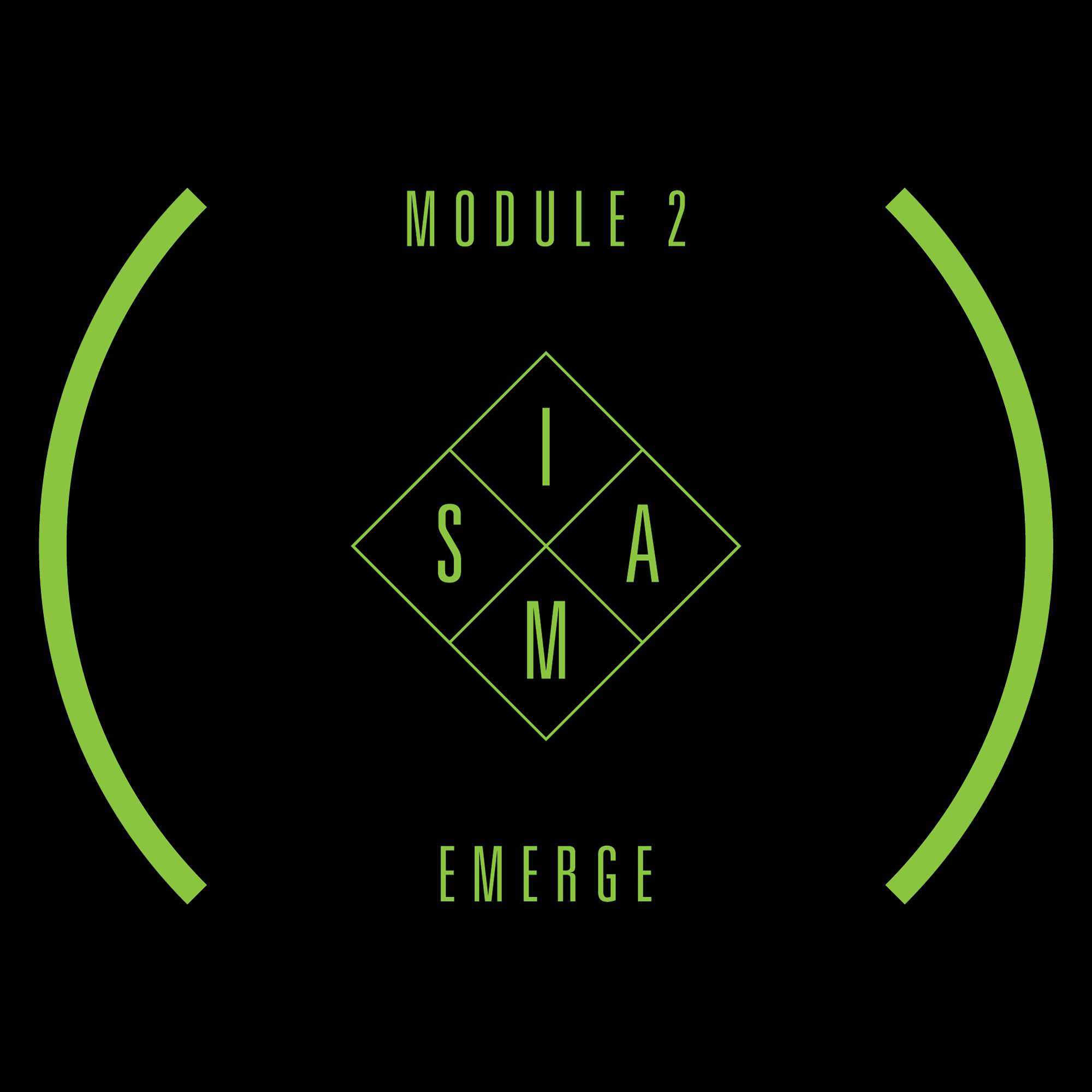“Sound of Autumn” by Yan Jun, Li Daiguo, Li Zenghui, and Wu Na @ Treescape, 4 September 2010
By Benny, 2010年 9月 9日
Treescape seems like more of a place to drink tea, read poetry or chat with old friends, but on the night of September 4th with Yan Jun and a small experimental noise ensemble performing “Sound of Autumn,” the café was transformed into a whirling universe of colliding sounds.

It was my first time seeing Yan Jun and I was struck by the way he carefully orchestrated the arch of the musical experience — how the musicians tacitly communicated and unveiled their ideas, and how the audience was presented with a performance both challenging and satisfying. Yan Jun is truly a master of noise, an engineer of sonic architecture.
To be honest, if I were to simply listen to Yan Jun’s recordings, I would probably find them overwhelmingly alienating, challenging without any sort of catharsis. But at Treescape I felt powerful tensions arise, a visceral confrontation with the music that made the experience of experimental noise both illuminating and rewarding for me.
Yan Jun, Li Daiguo and Li Zenghui @ Treescape, 4 September 2010
Yan Jun’s creative practice and performative gestures are central to the kind of sonic experience he creates. He stood with his back to the audience for the larger part of the performance, hovering over a long wooden table with mixers, samplers, and other electronic gadgetry. The surface was also scattered with bells, coins, and other sound-producing objects. Interestingly, the table itself was also incorporated into the layers of his sound collage, as he on several occasions produced jarring tones by dragging the dome of his field recorder abrasively against the wood surface.

I was equally impressed by the ensemble who accompanied Yan Jun. Li Daiguo, an American multi-instrumentalist, seems equally comfortable and fluent on pipa and wood flutes as on cello. His cello functioned as a kind of vessel to explore the space between flowing classical patterns and more chaotic percussive riffs. Li Zenghui also added novel elements to the equation with his intrusive free jazz–influenced tenor sax lines, contorting his ambature in ways that caused me to reflect on how air moves through such a machine. The guqin player, Wu Na, who arrived on the scene for the second set, began very restrained and minimal, but gradually allowed her fingers to take her into more adventurous sonic terrain, culminating in an entrancing, fluid duet with Li Daiguo on cello to finish the performance.
Wu Na and Li Daiguo @ Treescape, 4 September 2010
The first set seemed largely improvised, though still led and controlled by the presence of Yan Jun, who worked as a kind of conductor probing the boundaries of structure and disorder. The second set appeared more choreographed and carefully orchestrated, though still randomized and free-floating. During the second set, the players seemed to be drifting in a liminal space between chaos and control as Yan Jun rolled dice on his sound platform and gestured numbers to the three players to provoke new directions and responses. The numbers I assumed were part of a randomized system of coding to dictate the course of the performance.

If there is one thing that I took away from this experience, it is the feeling of time that arises when listening to experimental noise. With the players scattered about the four poles of the café, surrounding the audience with a sea of sonic textures, the performance took on a strong sense of space and time. Yan Jun’s nuanced sonic/visual cues unfold slowly and carefully in a way that seems simultaneously random and prescribed, like the chance encounters of floating particles that are nevertheless still bound by a ruling law of physics.







wish i had made it out